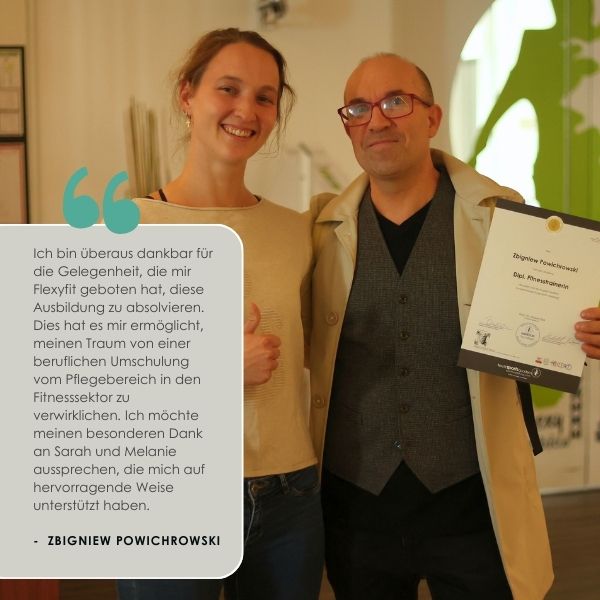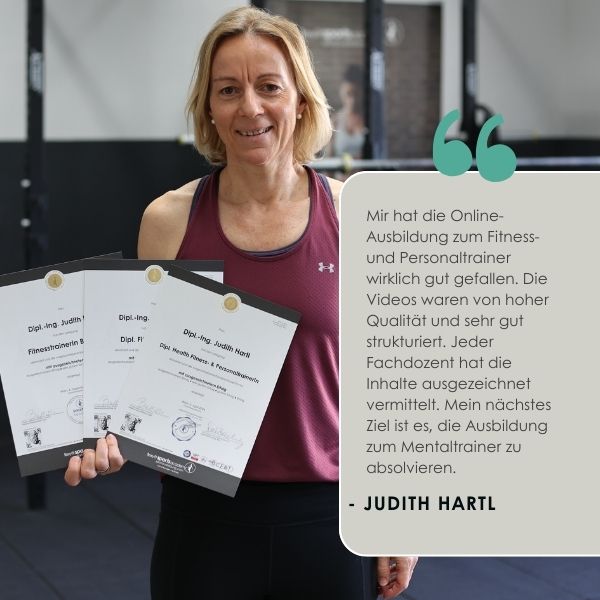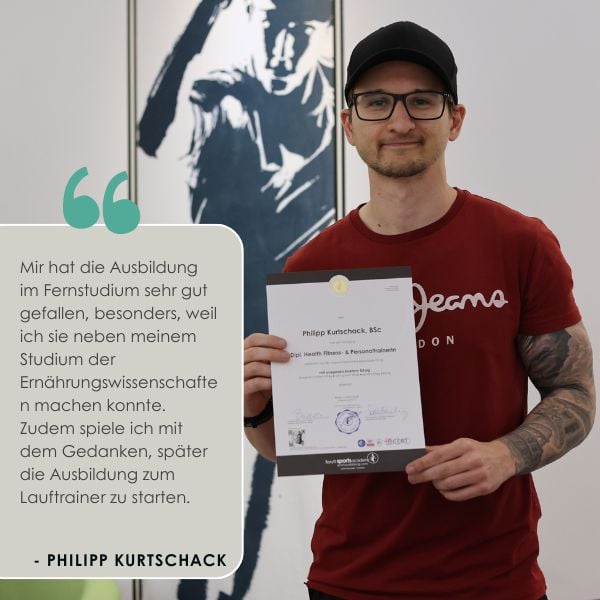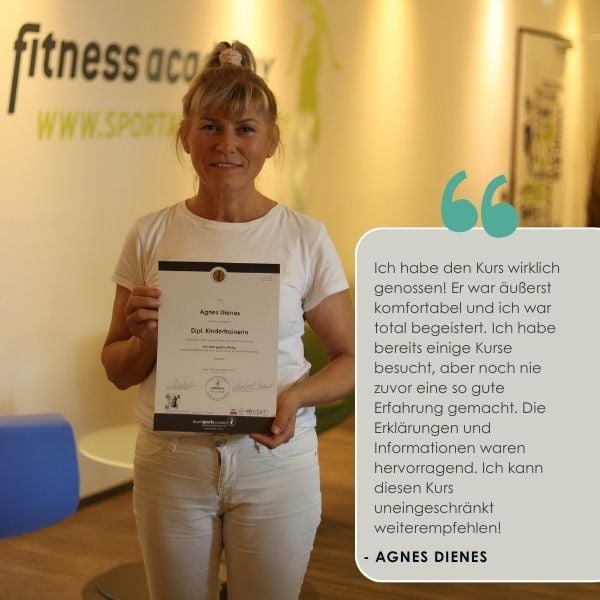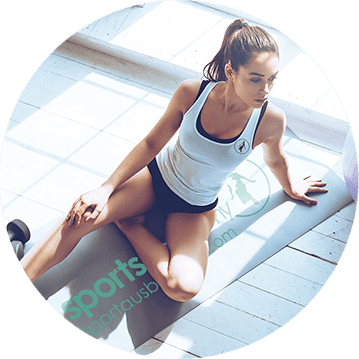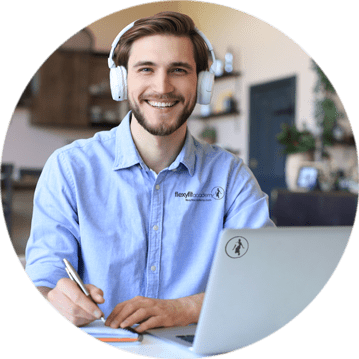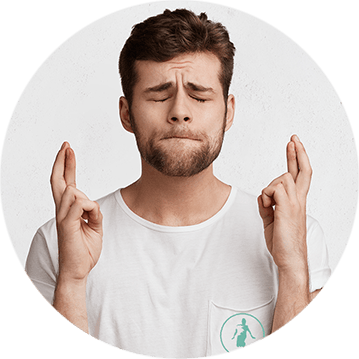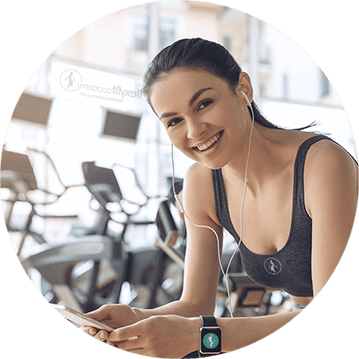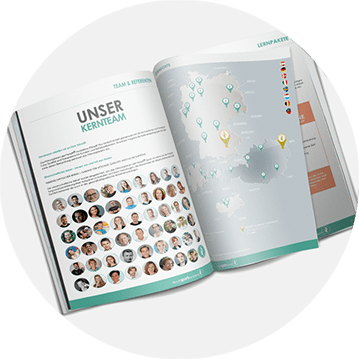Success in sports, whether in competitive or recreational sports, requires sport-specific training for building, preparation, and compensation. This type of training is essential for performance improvement and should also address potential imbalances and overuse issues.
Sport-specific training involves strength, endurance, coordination, speed, and flexibility training tailored specifically to the respective sport. In competitive sports, its also important to consider the pressure conditions (time pressure, expectation pressure, etc.) in the training regimen.
To train specifically, the coach relies on sports analysis to create a requirements and stress profile of the sport, which also determines the desired state of the athlete. To conduct sport-specific training based on the requirements analysis, it must be precise, individualized, and differentiated.
However, its worth noting that unspecific training stimuli can also positively influence sport-specific abilities. Whether a training is sport-specific depends on several factors, with transfer playing a significant role. In this unit, participants learn how to create sport-specific training programs based on the sports analysis, taking into account pressure conditions, for various sports.






















































